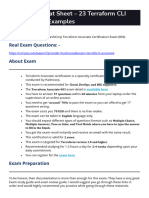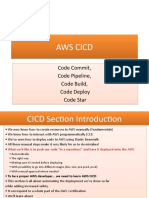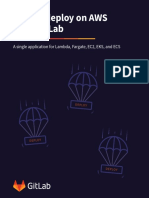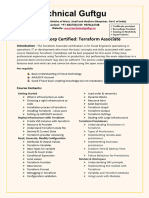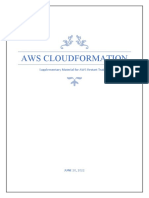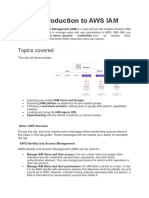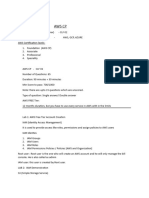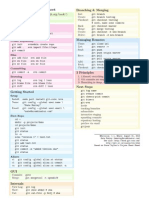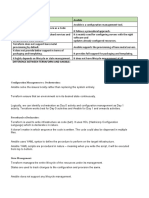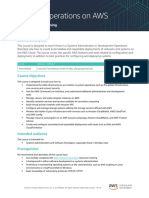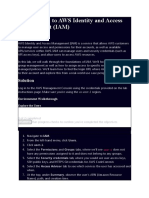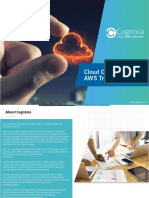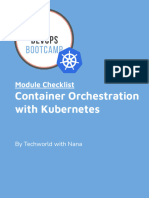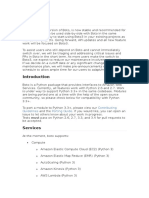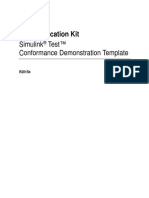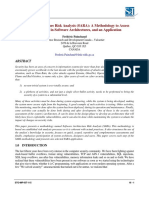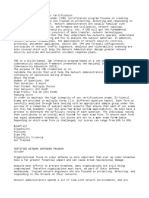0% found this document useful (0 votes)
176 views14 pagesHow To Use Terraform
Terraform is a tool for building, changing, and versioning infrastructure safely and efficiently. It allows users to define and provision a datacenter infrastructure using a high-level configuration language called HashiCorp Configuration Language. Some key benefits of Terraform include being free and open source, supporting over 100 providers, and using an immutable infrastructure model with declarative configurations.
Uploaded by
logasarangamCopyright
© © All Rights Reserved
We take content rights seriously. If you suspect this is your content, claim it here.
Available Formats
Download as DOCX, PDF, TXT or read online on Scribd
0% found this document useful (0 votes)
176 views14 pagesHow To Use Terraform
Terraform is a tool for building, changing, and versioning infrastructure safely and efficiently. It allows users to define and provision a datacenter infrastructure using a high-level configuration language called HashiCorp Configuration Language. Some key benefits of Terraform include being free and open source, supporting over 100 providers, and using an immutable infrastructure model with declarative configurations.
Uploaded by
logasarangamCopyright
© © All Rights Reserved
We take content rights seriously. If you suspect this is your content, claim it here.
Available Formats
Download as DOCX, PDF, TXT or read online on Scribd
/ 14
